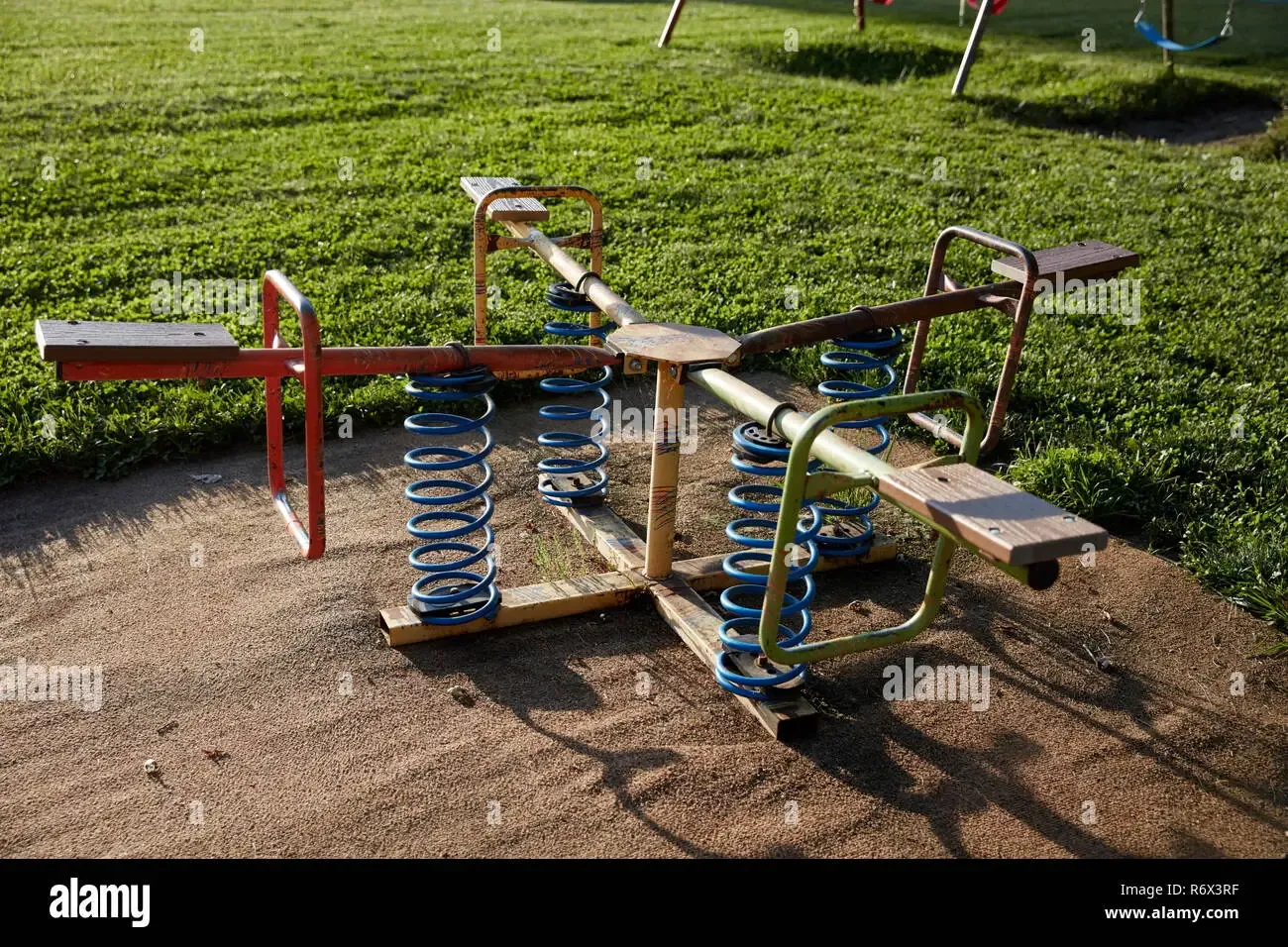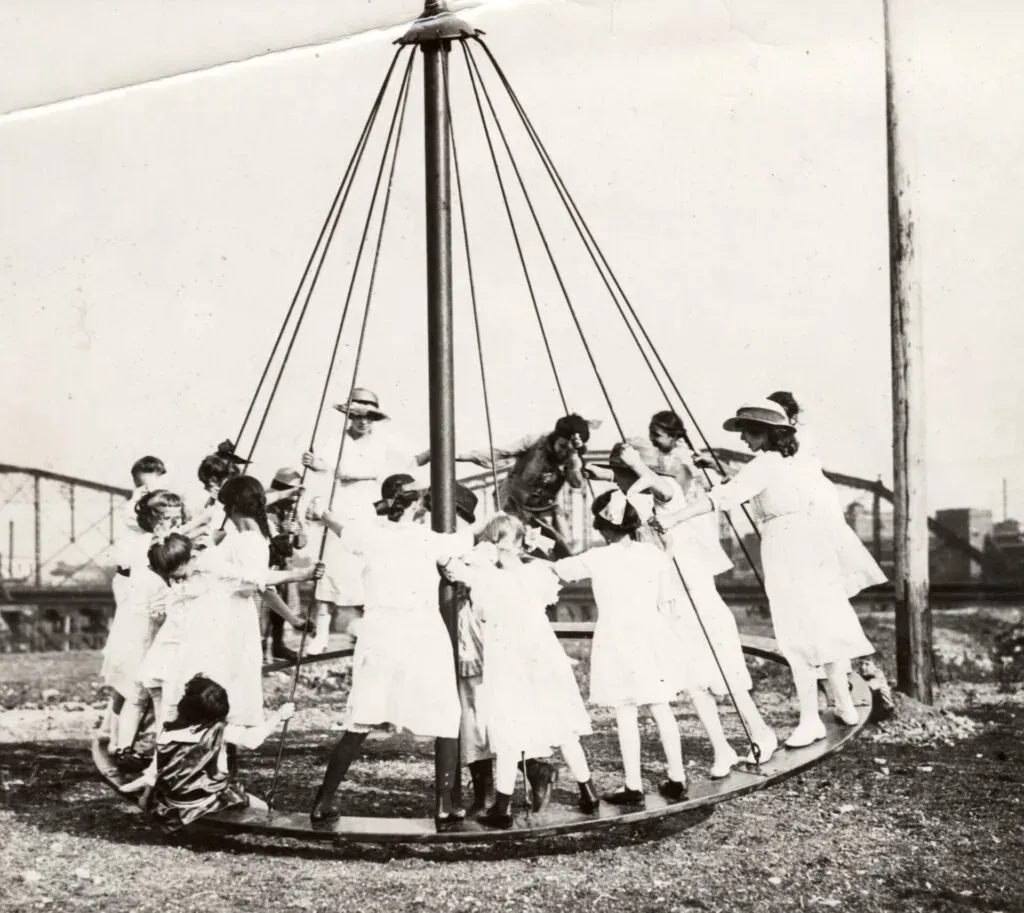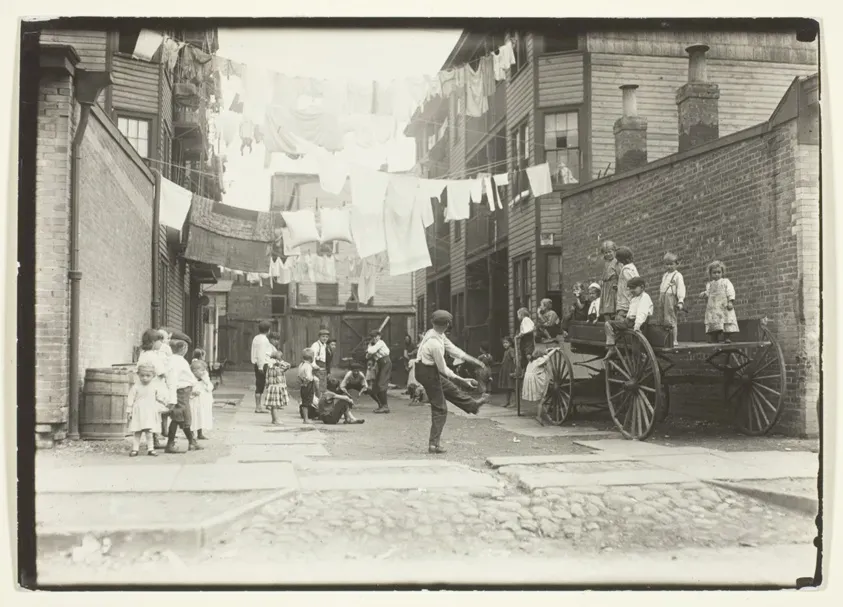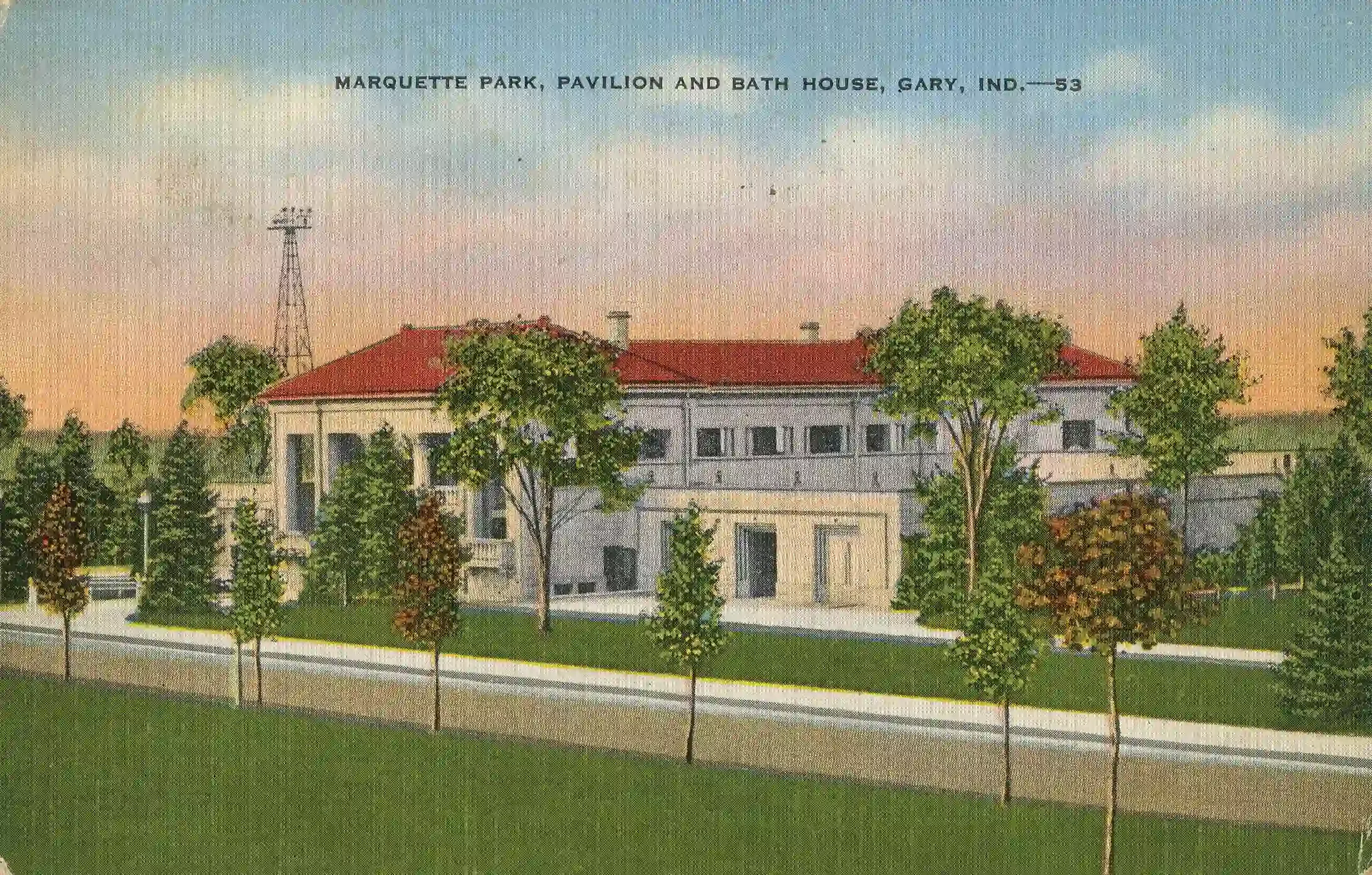Table of Contents
Remember playgrounds where scraped knees and static shocks off metal slides were just part of the fun? Where the merry-go-round spun so fast you risked flying off, and jungle gyms seemed built for aspiring acrobats, not cautious toddlers? We’re talking about the era of vintage playground equipment. It wasn’t always padded surfaces and brightly colored plastic. No, the playgrounds of yesteryear had a certain raw, almost defiant charm. This article isn't just a trip down memory lane; it's an examination of how we got from those thrilling, slightly terrifying contraptions to the safety-first designs we see today. We'll delve into the evolution, compare the old guard with the new, and revisit some iconic pieces of vintage playground equipment that have largely vanished, exploring why they disappeared and what they represented.
Vintage Playground Equipment: A Look Back

Vintage Playground Equipment: A Look Back
Bare Metal and Bruised Knees
Let's be honest, the playgrounds of our childhood felt less like carefully curated safe zones and more like proving grounds. We’re talking about the era of vintage playground equipment, where metal reigned supreme and safety standards were, shall we say, more of a suggestion than a rule. Slides were towering, often scorching hot in the summer sun, and delivered you at warp speed onto… well, usually just dirt or maybe some packed-down asphalt. The swings were heavy chains and hard rubber, capable of launching you into orbit or, more likely, into a friend who wasn't paying attention. It was a different world, one where a trip to the park often involved a mandatory stop at the ice cream truck to soothe a fresh scrape or bump.
These weren't the brightly colored, modular plastic structures of today. Vintage playground equipment had a certain industrial aesthetic. Think heavy steel pipes, bolted together with visible fasteners, often painted in primary colors that chipped and faded over time. The designs were simpler, more elemental – a structure for climbing, a surface for sliding, something to spin on until you were dizzy enough to fall over. There was a raw functionality to it all, demanding kids adapt to the equipment, rather than the other way around. This approach, while certainly fostering resilience (and possibly a healthy fear of heights), came with its own set of predictable consequences.
- Metal slides that acted like ovens
- Heavy swings that could take out a small village
- Jungle gyms tall enough to induce vertigo
- Hard surfaces like concrete or asphalt
- Little to no fall protection
The Shift from Thrills to Safety in Playground Design

The Shift from Thrills to Safety in Playground Design
When Scrapes Became Serious Concerns
That freewheeling era of vintage playground equipment didn't last forever, thankfully for parents' stress levels and emergency room staff. The sheer number of injuries – broken bones, concussions, cuts requiring stitches – became impossible to ignore. It turned out that sending kids down a metal slide onto concrete wasn't the best idea, surprise, surprise. The public started demanding something be done, and regulators began paying attention. This wasn't about coddling kids; it was about preventing avoidable, sometimes life-altering, injuries. The focus started shifting from simply providing structures to climb on or swing from, to designing spaces where kids could play hard without requiring medical intervention afterward.
Introducing Rules to the Wild West
The real turning point arrived when formal guidelines and standards started appearing. The U.S. Consumer Product Safety Commission (CPSC) stepped in, publishing safety guidelines for playgrounds in 1981. These weren't legally binding laws initially, but they put manufacturers and park operators on notice. Then came the heavier hitters: the ASTM International (formerly the American Society for Testing and Materials) developed standard F1487 in 1993, specifically for playground equipment. These standards dictated everything from the height of equipment to the required surfacing materials underneath. Suddenly, that inviting patch of asphalt or packed dirt wasn't cutting it. Playgrounds needed shock-absorbing surfaces, guardrails got taller, and pinch points on moving parts had to be eliminated. This marked a definitive break from the anything-goes philosophy that defined much of the vintage playground equipment era.
Era | Primary Focus | Typical Material | Surface Material |
|---|---|---|---|
Vintage (Pre-1980s) | Novelty & Thrill | Metal, Wood | Dirt, Asphalt, Concrete |
Modern (Post-1990s) | Safety & Accessibility | Plastic, Coated Metal | Engineered Wood Fiber, Rubber Mulch, Sand |
Iconic Vintage Playground Equipment We Miss (Sort Of)

Iconic Vintage Playground Equipment We Miss (Sort Of)
The Thrill of the Spin and the Drop
let's talk specifics. What exactly were these pieces of vintage playground equipment that defined an era and filled emergency rooms? Top of the list for sheer velocity has to be the merry-go-round. Not the sad, slow, modern versions. We mean the heavy metal beasts you could get spinning so fast the centrifugal force practically peeled you off. There was a communal effort involved: half the kids pushed while the other half held on for dear life, screaming with a mix of terror and exhilaration. Then you had the metal slides – tall, straight drops that generated impressive speed and, if it was sunny, third-degree burns on your thighs. The sheer height of some of these made the climb up feel like an achievement before you even slid down. It wasn't just about the slide itself; it was the whole experience, the heat of the metal, the static electricity, the abrupt landing.
Climbing Structures and Entanglement Risks
Beyond the spinners and sliders, vintage playground equipment featured structures that demanded physical effort and coordination. Jungle gyms, often towering geodesic domes or complex arrangements of bars, were everywhere. They were fantastic for climbing and pretending you were scaling Everest, but the tightly spaced bars also presented a lovely opportunity for limbs (or heads) to get stuck. Monkey bars were another staple, simple but effective for building upper body strength – or falling from a significant height. And who could forget the seesaw? A simple plank on a pivot point. Sounds harmless, right? Until one kid decided to bail mid-air, sending the other crashing down with bone-jarring force. These pieces weren't padded or designed with intricate safety nets; they relied on kids figuring things out, sometimes the hard way.
- Merry-go-rounds (the fast ones!)
- Tall, metal slides
- Classic jungle gyms
- Basic monkey bars
- Seesaws (the original trust fall)
- Animal swings (like those metal horses or ducks)
Why Vintage Playground Equipment Faded Away

Why Vintage Playground Equipment Faded Away
The Safety Hammer Drops Hard
So, why did we trade those exhilarating, slightly terrifying metal contraptions for the softer, lower, plastic-coated structures of today? The biggest reason, the undeniable force that pushed vintage playground equipment out of parks, was safety. Plain and simple. As mentioned, the sheer volume of injuries became unsustainable. Parents, doctors, and eventually regulators looked at things like concrete landing pads under eight-foot-tall monkey bars and thought, "Maybe this isn't the best plan." Lawsuits started happening. Insurance companies got involved, and park operators faced significant liability if a kid took a header off a rusty slide. It wasn't a sudden overnight change, but a gradual realization that the fun shouldn't consistently end with a trip to the emergency room.
Changing Times and Tastes
Beyond the obvious safety issues, other factors contributed to the decline of vintage playground equipment. Maintenance was a headache. Those metal structures rusted, wood splintered, and paint peeled, requiring constant upkeep. Modern materials like reinforced plastic and coated metals are simply more durable and require less attention. There was also a shift in philosophy about what a playground should be. The focus moved towards accessibility, ensuring kids of all abilities could play. Many vintage designs, with their steep climbs and narrow gaps, weren't inclusive. Plus, newer designs often packed more varied activities into a smaller footprint, appealing to different age groups and play styles simultaneously, something the older, more specialized pieces struggled with.
- Increased injuries and resulting lawsuits
- Introduction and enforcement of safety standards (CPSC, ASTM)
- High maintenance costs for metal and wood
- Lack of accessibility for children with disabilities
- Evolution in playground design philosophy emphasizing varied activities
- Availability of more durable and safer modern materials
The Final Swing: Reflecting on Playgrounds Past
So, we’ve swung from the era of thrilling, risk-laden vintage playground equipment to the meticulously designed, safety-conscious spaces of today. While nostalgia might paint a rosy picture of metal slides and high-flying swings, the reality involved a significant number of trips to the nurse's office, if not the emergency room. The shift wasn't just an arbitrary decision; it was a response to real injuries and evolving safety standards. We traded some of the raw, unbridled excitement for padded landings and rounded edges. Whether that trade-off was worth it is a matter of perspective – one values the sheer, unadulterated fun of potential disaster, the other prioritizes unbroken bones and concussion-free afternoons. The old equipment served its purpose, shaping generations of kids, but its time, for the most part, is over, replaced by structures built for a different, arguably safer, kind of play.